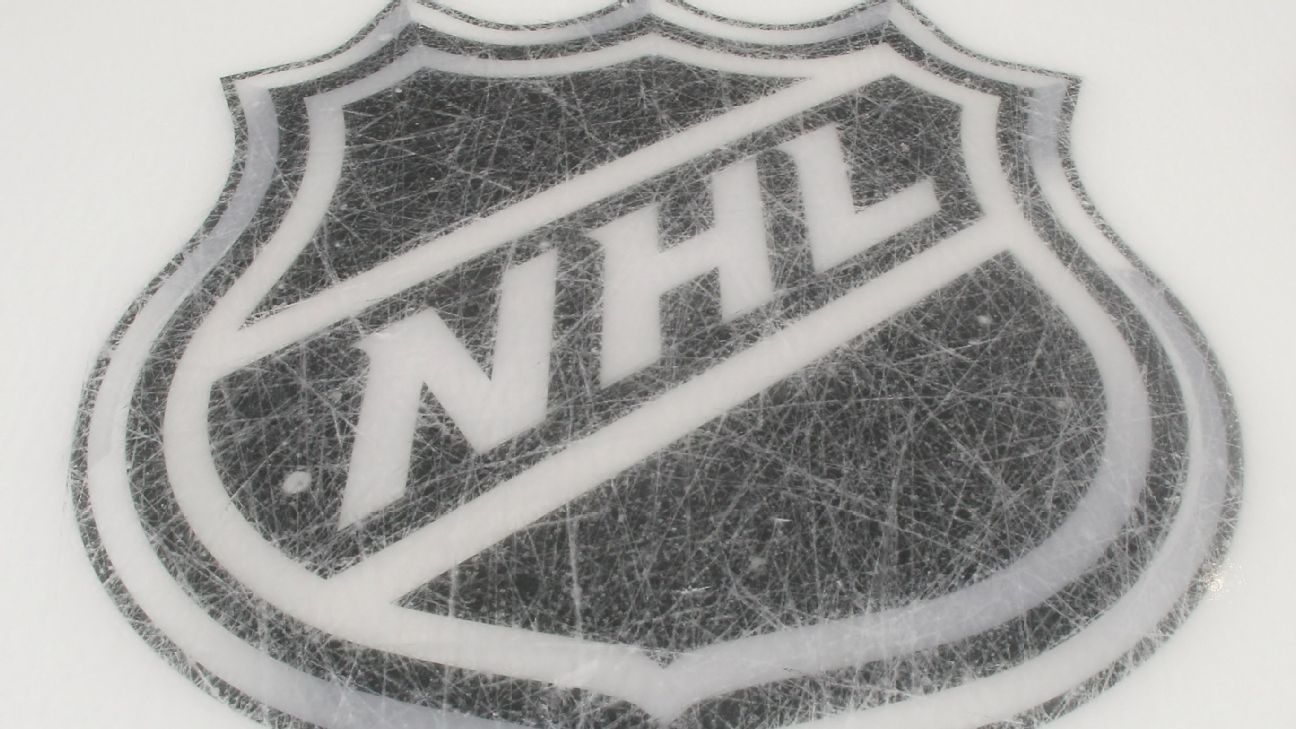The NHL and the players are closing in on a new collective bargaining agreement that includes remedies for the league’s revenue losses due to the COVID-19 shutdown, sources confirmed to ESPN on Friday.
One source indicated that a memorandum of understanding could be announced “as early as Sunday.” But that timing was characterized by another source as being “really fast.”
The NHLPA is expected to vote on both a new CBA and the return-to-play protocols that would restart the 2019-20 season this summer, and that would require a vote involving all its members. That hadn’t happened as of Friday night. Among the return-to-play issues were the approval of safety protocols and the two “hub” cities that will host 24 teams in the Stanley Cup playoffs.
The NHL and NHLPA both declined to comment.
The framework discussed for a CBA extension would be around a six-year term, according to sources. Two of those years would cover the 2020-21 and 2021-22 seasons, before the current CBA was set to expire in September 2022. Sources said there was some wiggle room on that term, and that another framework being discussed was a little longer.
There had been progress on a new CBA before the league paused its season on March 12 due to the COVID-19 pandemic, but major financial issues had yet to be ironed out. The huge loss in hockey-related revenue due to the paused season — and a proposed restarted postseason in empty arenas — dramatically changed the financial landscape for both owners and players. Both sides wanted clarity on how to handle these losses, which are expected to extend into next season, before returning to play.
One major issue is escrow. The current financial system in the NHL involves a 50-50 split in revenue between the players and owners. The escrow system, which calls for a percentage of withholding from players’ paychecks each season, maintains that balance by either funneling money back to the owners in the case of a revenue shortfall, or having it refunded to the players after the season.
For the players, escrow is their hottest of hot-button issues. New York Rangers star Artemi Panarin said Thursday that if the escrow system isn’t fixed that “we as players cannot report to camp to resume play without already having an agreement in place.”
With the losses in revenue this season, there was speculation escrow could rise as high as 35% for the players. For a point of comparison, escrow withholding for 2018-19 was 12.9%, with 3.25% returned to players. The official escrow loss for the players that season was 9.65%.
But the current CBA framework being discussed includes a cap on escrow at around 20% for the first two seasons of the deal. After that, it would revert to the traditional system on escrow, as the league’s revenues are expected to be bolstered by a new U.S. broadcast rights contract and the expected windfall from the new team in Seattle, which some have projected to be a top-10 revenue team in the NHL.
Another reason escrow is expected to fall is that the NHL would freeze its salary cap for the next two seasons, at around $81.5 million. It would then potentially increase it by only $1 million in 2022-23, keeping new contracts tampered under that ceiling.
One source on the players’ side said the salary cap might not be linked back to revenue until near the end of the CBA. There’s a theory that with the cap frozen and with additional revenue from the TV deal and the Seattle franchise, escrow could potentially dip into single digits for the players in a few years.
Another factor at play for the 2021-22 season, as first reported by Sportsnet, is a 10% salary deferral for the players.
The 10% salary deferral was something supported by both sides of the bargaining table. With escrow set in the neighborhood of 20% next season, that money would be paid to the players under what is assumed to be a lower escrow rate in two years. It’s not a salary rollback, like what the players experienced in the 2005 lockout. The players get that money back, and will keep more of it than they would under next season’s considerable escrow rate.
From the owners’ perspective, this helps with cash flow, since they’ll be paying the players 10% less next season.
Another possible change to escrow for 2020-21 is when the owners would receive their payments. With the assumption that all 20% of the players’ withholdings would go to the owners — due to the revenue losses from the COVID-19 shutdown — the players could release that money early as it’s paid into escrow rather than at the end of the season, thereby giving teams more cash flow during the season.
One of the more attention-grabbing issues in the next CBA will be an agreement on international play, and specifically whether the NHL will return to the Olympics after skipping the 2018 Winter Games. As of Friday, there wasn’t any clarity on that status.
The NHL and the NHLPA have targeted July 10 as the date for the third phase of their return-to-play plan with the opening of training camps, but multiple sources have told ESPN that a delay on that opening wouldn’t be a surprise, given the enormity of what’s on the negotiating table and with players still making their way back to home cities from abroad.
While progress has been made on the labor front, there’s still much debate among the players about whether to complete the season. One player told ESPN this week he believed it was “50-50 on wanting to come back to play, because of the safety precautions, travel and logistics. Especially now with these cases rising, it seems more guys with families are skeptical.”
